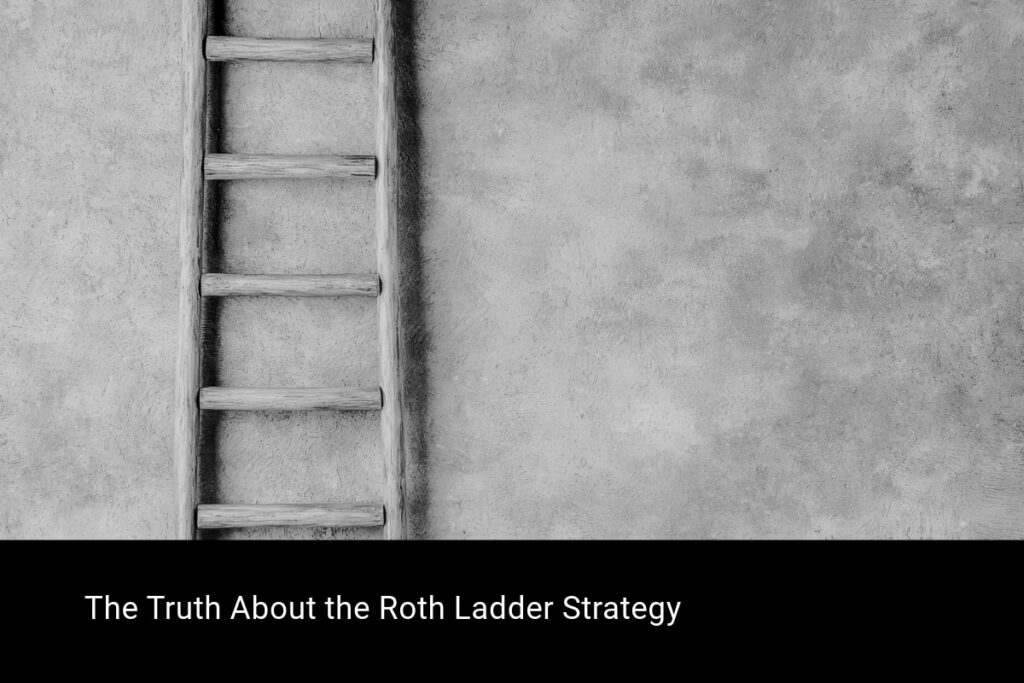In the world of investing, an often-overlooked aspect that can significantly enhance your after-tax portfolio returns and reduce taxable income is tax loss harvesting. This strategy can help boost your returns while offering several tax benefits, which can often seem invisible on your brokerage accounts but are felt significantly when filing your tax return.
What is Tax Loss Harvesting?
Tax loss harvesting is the intentional selling of an investment that has incurred a loss, allowing you to offset other gains and a portion of income to reduce their liability. Let’s illustrate this concept with an example. Assume you own an S&P 500 fund purchased for $100,000. If markets take a significant dip, and your investment is now worth $80,000, you’re staring at a $20,000 loss.
It might seem counter-intuitive, but with tax loss harvesting, we’d intentionally sell this S&P 500 fund to realize that $20,000 loss. Doing this allows us to use the loss to potentially reduce a portion of taxable income and offset other capital gains.
Understanding the Tax Implications
If you’ve made other transactions in the same year where you sold a security and realized a $10,000 capital gain, the $20,000 loss from the S&P 500 fund can be used to offset it. If these were your only transactions, you’d be left with a net $10,000 capital loss.
This loss can be used to offset other capital gains. If there are no other gains, up to $3,000 of this capital loss can be used to offset our income. If there’s still some leftover, the remaining loss can be carried forward indefinitely.
RELATED READING:

Reinvesting After a Loss: Navigating the Wash Sale Rule
After intentionally incurring a loss, the next step involves reinvesting the cash. However, it’s essential to understand the concept of a ‘wash sale’ when deciding how to reinvest.
A wash sale occurs when you sell a security at a loss and, within 30 days before or after the sale, buy a substantially identical security. If you trigger a wash sale, the loss is deferred and can’t be used to offset income or gains. However, the deferred loss gets added back to the cost basis of the new security, essentially converting your realized loss back into an unrealized one.
To avoid triggering a wash sale, you must invest in a different security or wait for more than 30 days before buying back the same security you sold. However, waiting isn’t always the best approach due to potential missed opportunities if the market rallies significantly during this period.
Choosing the Right Fund for Reinvestment
This is why immediately reinvesting when tax loss harvesting, is generally optimal. When reinvesting the cash, it’s important to avoid substantially identical funds, as this can also trigger a wash sale. This means even if you buy an S&P 500 fund from a different provider, it could still be considered substantially identical to the one you sold.
You also want to watch out for funds that might seem different on the surface but, upon closer inspection, are essentially identical. Hence, it’s crucial to do due diligence and look inside the funds to ensure they are different enough.
In our example, an effective approach could be to invest in a total stock market index fund. For instance, we could consider a fund that comprises 80% of the stocks in the S&P 500 but also includes 20% of small and mid-sized US companies. It’s similar enough to the S&P 500 to maintain a similar risk/reward profile but different enough to avoid triggering the wash sale rule.
Conclusion
Tax loss harvesting can be an excellent strategy to improve your after-tax returns and reduce taxable income. However, it requires careful planning and execution. It’s crucial to understand the wash sale rule and consider it when deciding how and when to reinvest after realizing a loss. More information can be seen on this topic with our video below. If you need tax planning help that involves strategically incorporating tax loss harvesting, please contact us.
RELATED VIEWING:

Important Disclosures
MDRN Wealth LLC does not provide specific legal or tax advice. Please consult with professionals in these areas for specific legal and tax recommendations. The information provided herein is general information. It is not intended to be construed as investment, tax, or legal advice. Information in this article is not an offer or solicitation to purchase, sell, or endorse a specific company, security, investment vehicle or strategy. Investing involves risk and the possible chance for loss of principal. Please consider your tolerance for risk before investing. Past performance is never guaranteed and future results can vary. Opinions conveyed by MDRN Wealth LLC cannot be viewed as an indicator of future performance and are subject to change. Results may vary. Use information at your own risk.











